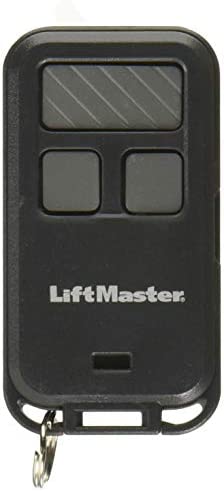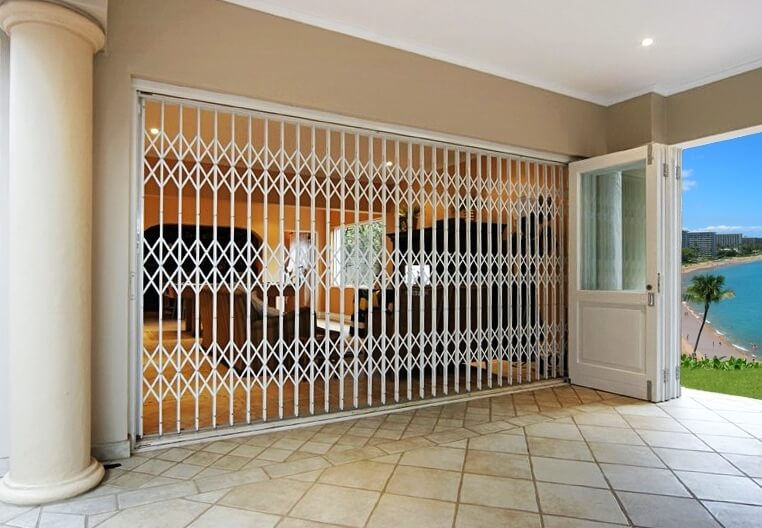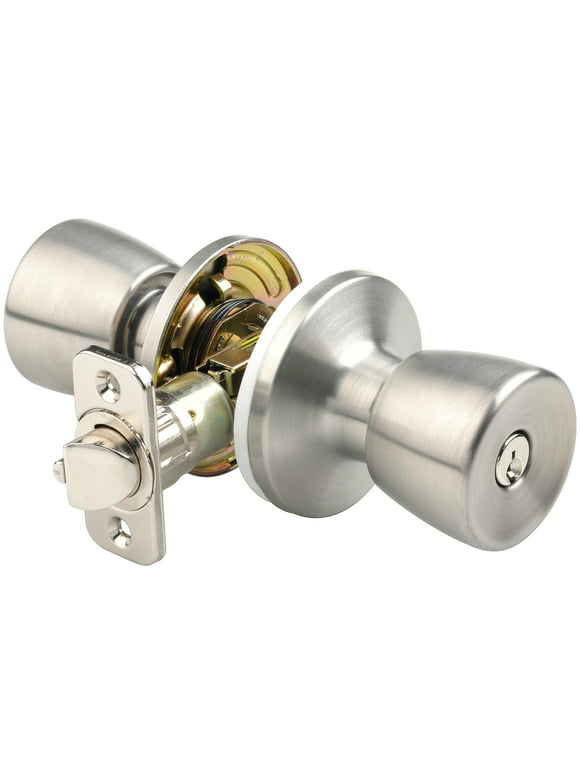
There are a few things you need to keep in mind when installing a hinged screening door. These are the materials, functionality, and how to install them. These tips can help make the most of your screen door. Learn more about how to install a hinged door screen door in this article. It will help you avoid the common mistakes that homeowners make when installing a screen door.
Installing a hinged screen doors
There are a few things you should remember when installing a hinged screening door. For one, it's important to make sure that the screen door is level. It won't be blown down by wind. Also, ensure that your screen door latch is correctly installed.
If you have a store-bought hinged screening door, it is important to follow all instructions. Some doors come pre-installed with handles so that you can attach the hinges. Otherwise, you will need to drill pilot holes on the jamb and attach the hinges.

Materials
You can use a variety of materials to make hinged screen doors. One of the most common types is made from aluminum. Aluminum is light and easy to manufacture. Another type is rollformed aluminum, which is made from a sheet of aluminum that incorporates a screen channel. Aluminum is strong because of its rectangular shape. Stainless 316, another popular material, is strong and lightweight but resists corrosion.
Standard hinged screens are typically attached behind or at the front of an external door. However, sliding or retractable screens might need tracks. A single exterior screen door can cost between $200 and $300 depending on its materials and how it is installed. Vinyl and aluminum doors will typically be more expensive than wooden doors.
Functions
It'll be much easier to open and shut your screen door if you choose the right hinges. They will also help extend the life expectancy of your door. There are many styles and functions available. Consider these important factors when choosing hinges. Handling is the orientation of the doorway relative to its locking mechanism. It is vital that the handing matches. You could make a costly error if you don't choose the right handing.
Installation
Preparing your door frame is an important step before installing a hinged screening door. Check that there is at minimum 3/8-inch clearance between your screen door and the doorjamb. Next, mark the locations of the hinge mounting screw holes with a pencil. Attach them using a screwgun. Finalize the installation of the handle by drilling two holes in a screen door frame.

Screen door kits often include hardware for easy installation. Make sure you purchase one that has reversible hinges, as they should be installed on the same side of the screen door as the exterior door hinges. This process may be familiar to you if you've already installed a door.
FAQ
What is the difference between surveillance and security cameras
Surveillance cameras can be used for surveillance purposes while security cameras can be used for protection.
Each type of camera has its pros and cons. Their main differences are the types of images they capture. Surveillance cameras record video with slow motion so that you can view what's happening right now. Security cameras, on the other hand, only record still images and video, which can be viewed later.
How much should I pay for alarm monitoring
Alarm monitoring costs can vary depending on whether you need it to be monitored frequently, what equipment you need and whether you are looking for an all-inclusive plan or a monthly fee.
Can I install my own security camera?
Yes! If you know how to install an alarm system, you can do it yourself. If you are not confident in installing it yourself, you can hire an expert to assist you.
What is the best security system to install?
The most important thing to consider when choosing the security system for your home is how valuable you are and what you have. You have two options. One is to go with a basic system which offers minimal protection but is affordable. Or you can get a more advanced one which offers better features like remote monitoring, video surveillance, and access control.
Statistics
- Most home security companies will charge you around 75% of the remaining term of your contract if you cancel early—and some require 100%.Related questionsWhat type of contract length can I expect from security providers?Home security system cancellation (safewise.com)
- Unlike other online safety services that charge up to 100 percent of your monthly fee, Cove charges no upfront fees and has no hidden costs.
- Cove sets you free without punishing penalties and fees, unlike other security solutions that charge 75% to 100% of your remaining contract. (safewise.com)
- Depending on your insurance, 24/7 professional monitoring may qualify you for as much as 15% off your premium. (safewise.com)
External Links
How To
How to Install an Home Security System
A home security camera is a device that monitors your house and alerts you when there's activity. It could include a motion sensor or doorbell camera, smoke detectors, flood alarms, carbon monoxide detectors, burglar alarms, and flood alarms. A home security alarm system often includes one or two sensors (e.g., motion detections), which send signals to the control panel when they detect movement. The signals are then sent to a control panel where they're monitored and recorded. If there's something wrong, like someone breaking into your house, the control panel sends out an alert to your phone, tablet, computer, or voice assistant. The control panel will notify you immediately so that you can take corrective action.
You must first choose the right kind of sensors for you home in order to install a home alarm system. There are two main types of sensors: passive and active. Passive sensors don't require batteries; they just pick up sounds and vibrations from their surroundings. These include buzzers, sirens and doorbells. Active sensors use electricity to transmit data. Some examples of this kind of sensor are cameras and motion sensors.
There are many brands of sensors today. Each brand has its own pros and disadvantages. For instance, some sensors can be weatherproof while others don't. Some of them have built in speakers so that you can still hear them from outside. Others only work inside. Some have simple features, while others provide advanced features like night vision.
After choosing the best sensor type for your property you can choose a manufacturer. This will help ensure that your sensors work well together. There should be many options at your local hardware store.
After you have chosen a brand, you will need to decide how many sensors you wish to purchase. Depending on whether they live with family members or alone, most people purchase one or two sensors. You may want to consider purchasing more sensors in the future if possible.
Next, consider where you want to put your sensors. Do you want them near doors and windows? Do you prefer to keep them away? Make sure you get permission before placing them around your property. Make sure that they won't cause interference with any other electrical outlets.
Now that you know the exact location of your sensors you will need a connection to your control board. A power adapter or battery package may be required depending on your setup. Once everything is in place, you can start to monitor your property.